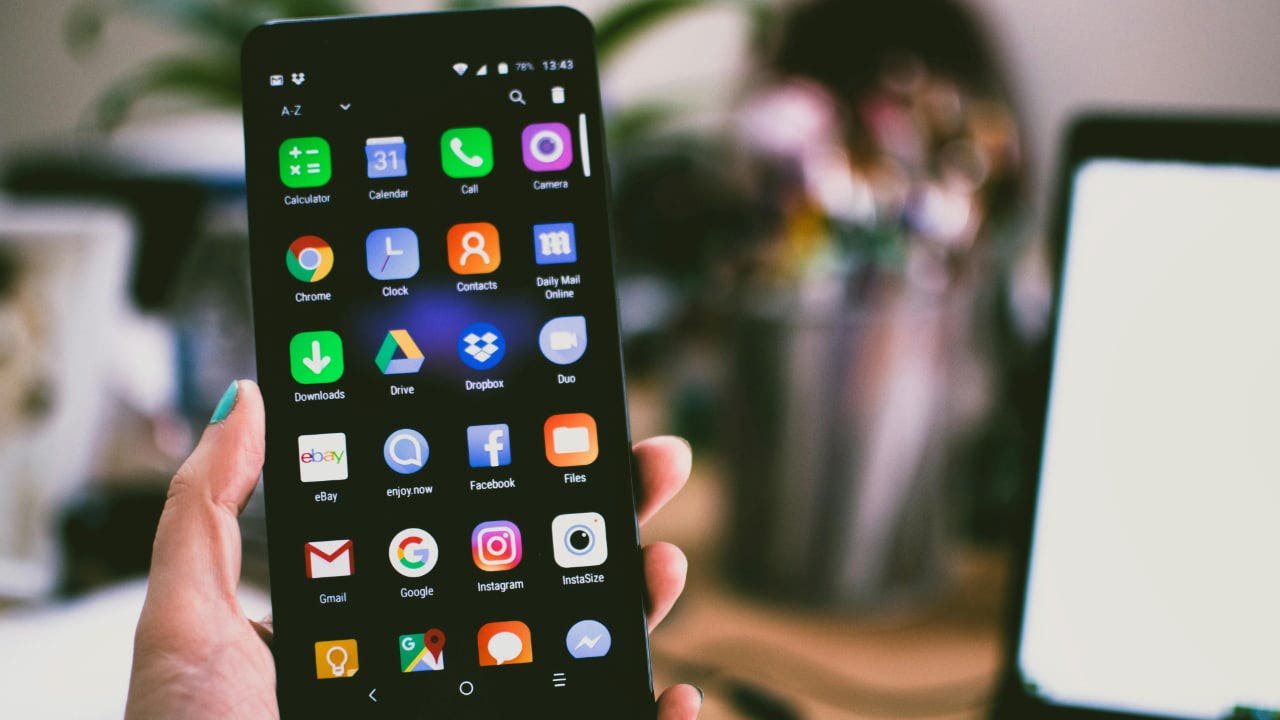Android feature prevents sensitive content in Google Messages

Have you ever stumbled upon a mysterious app in your Android system settings called “SafetyCore”? If so, you’re not alone. Introduced in late 2024, this system service aims to enhance on-device privacy by detecting sensitive content like nudity and enabling features such as Sensitive Content Warnings in Google Messages.
While Google assures users that SafetyCore operates locally without sharing data externally, it has still sparked confusion over automatic updates. Let’s dive into what SafetyCore does, how it works, and the steps you can take to disable it if you choose to do so.
What is SafetyCore?
By definition, SafetyCore is a system service that provides on-device machine-learning infrastructure to help detect sensitive content. It was introduced as part of Google’s Nov. 7, 2024, system update for Android 9 and later.
Google initially described SafetyCore as a tool that supports privacy-preserving user protections for apps. One of its first visible uses was in Google Messages, where it enables Sensitive Content Warnings, a feature that blurs images potentially containing nudity and prompts users with additional options before they can view or send them.
By default, Google System services automatically update your device with security, bug fixes, and new features. Some updates are delivered via system services in separate Android packages. This maintains privacy, security, and data isolation following the principle of least privilege because permissions are not shared with other functionality.
How does SafetyCore work?
SafetyCore does more than detect nude images. Its built-in machine-learning functionality can also target, detect, and filter images for sensitive content. There is no app icon, and it doesn’t appear in the usual list of running applications. Users must navigate through Settings > Apps > Show system processes to find it.
What does Google say?
Google maintains that SafetyCore is purely an on-device classification service and does not report or share scanned content with Google or other entities. The company argues that the service enhances security without compromising privacy, allowing apps to detect and filter unwanted content locally.
Google also says that as part of its continuous investment in the transparency of its products, the company is going above and beyond, adding binary transparency to SafetyCore. This allows users and developers to verify that SafetyCore is truly privacy-preserving, just like Google says it is.
How to remove Android SafetyCore
If you wish to uninstall or disable SafetyCore on your Samsung Galaxy or Pixel device, follow the steps provided in the article based on the specific device you own. Keep in mind that disabling SafetyCore may limit your access to new security and privacy features or enhancements that Google offers now or in the future.
Ways to keep your personal information safe
If you’re concerned about Google’s data collection and want to keep your personal information safe, consider limiting app permissions, disabling background data and tracking, using a VPN for secure browsing, and regularly clearing personal data to minimize your digital footprint.
In conclusion, SafetyCore is an interesting addition to Android, offering on-device content filtering with machine learning. Whether you decide to keep it or explore disabling it, staying informed about your device’s features is always a good idea. This way, you can make choices that best fit your needs and preferences for managing your Android device.




